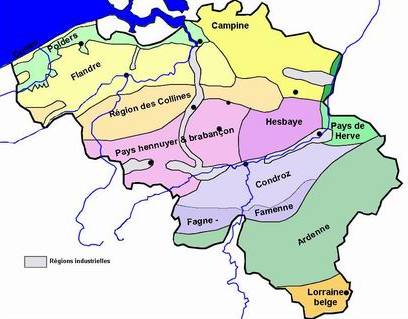Belgian Lorraine
This article will address the topic of Belgian Lorraine, which has captured the attention of individuals from various disciplines and interests. Belgian Lorraine has been the object of study, debate and reflection over time, its implications and relevance are indisputable in the _var2 field. Through a comprehensive approach, different perspectives, research and opinions regarding Belgian Lorraine will be explored, in order to provide a complete and updated view on this topic. From its impact on society to its implications at the individual level, this article aims to provide a detailed and critical vision of Belgian Lorraine, with the purpose of enriching the knowledge and understanding of those who read it.

Belgian Lorraine is the part of Lorraine that lies in the south of the Belgian province of Luxembourg, in Wallonia.
The term is used solely in a geological context, as the region borders the geologically-distinct Ardennes, to the north.
Culturally and linguistically, Belgian Lorraine is made up of two sub-regions:
- The Romance-speaking part (in which French dialects are spoken) called Gaume, with Virton as the main cultural city.
- The Luxembourgish-speaking part called Land of Arlon (in Luxembourgish: Arelerland), with Arlon (Arel) as the main cultural city and the capital of the (Belgian) province of Luxembourg.
Both have Standard French as official administrative language, with Luxembourgish recognised as a minority language by the French Community of Belgium.
